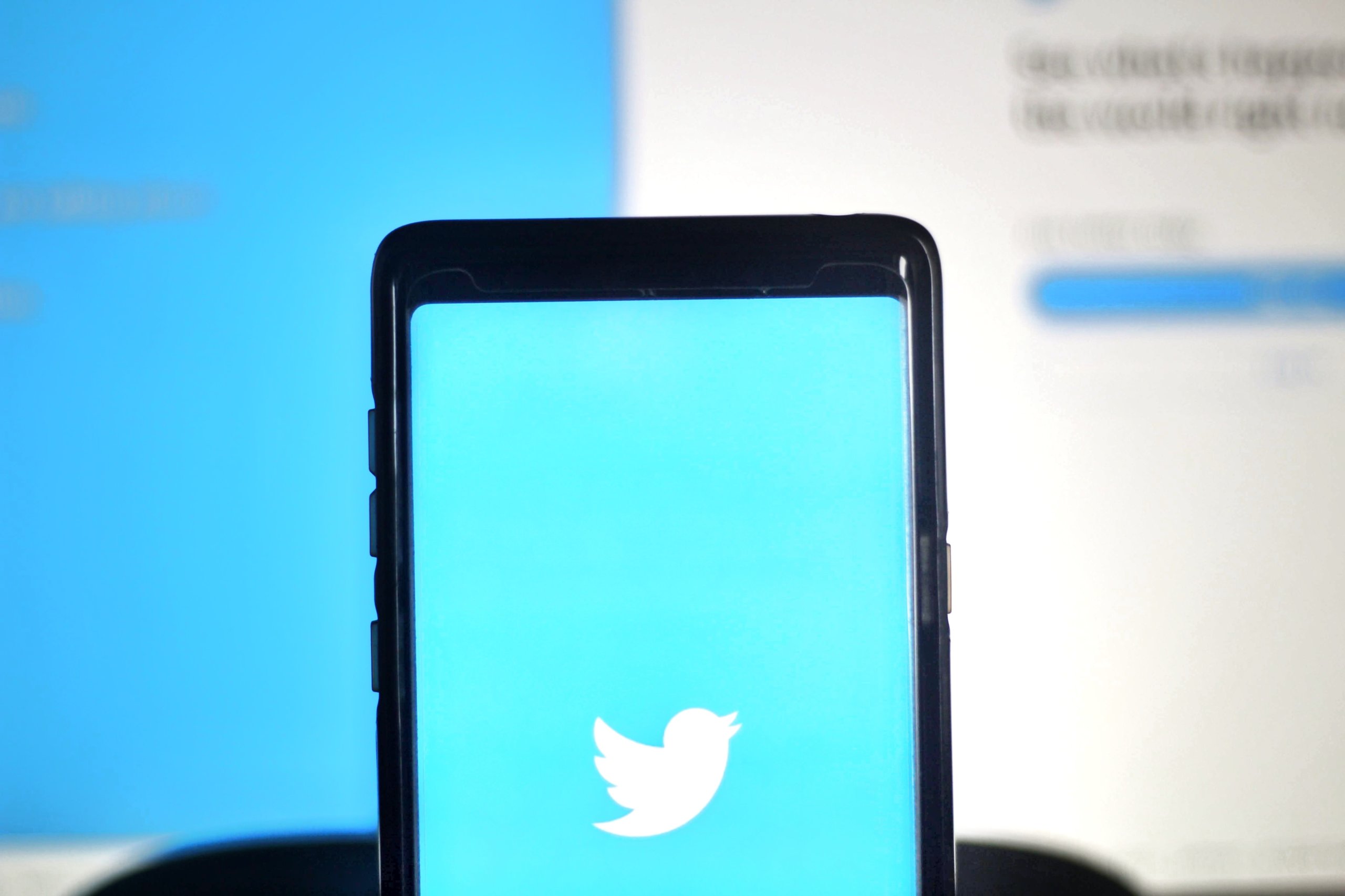
Russian involvement in the 2016 United States presidential election has been a volatile point of contention for over a year now. It has plagued President Donald Trump’s tenure for its entirety so far, and will probably end up being one of the defining characteristics of this era in future history books.
One of the most worrisome aspects of this entire situation is the power that social media can exert in swaying public opinion. And the details surrounding the usage of this modern tool are still being unearthed, even by the tech companies running the social media services themselves. Twitter is discovering first-hand just how badly its platform was exploited to serve ulterior motives, and the results are painting a bigger picture of what could be lurking in any of our newsfeeds.
The Real Social Media Influencers
Twitter recently updated the number of people that interacted with Russian spam accounts during the 2016 election to 1.4 million users. That’s more than double the amount (677,775) that the San Francisco mobile app developer had quoted a week prior. This new figure not only includes accounts that saw, retweeted, or followed the phony Russian accounts, but also those that replied to or “@” mentioned them as well.
Twitter announced earlier in January that the number of Russian spam accounts hovered around 50,000. It believes almost 8 percent of these (3,800) belonged to the Internet Research Ageny (IRA), an organization that’s been revealed to run online influence initiatives on behalf of the Russian government.
“A” for Effort?
In their most recent statement, the popular social media app development company stated the following: “We have expanded the number of people notified about interactions with Twitter accounts potentially connected to a propaganda effort by a Russian government-linked organization known as the Internet Research Agency. Our goal in providing these notifications is to advance public awareness of and engagement with the important issues raised in our blog post, and provide greater transparency to our account holders and the public.”
While the intention of the most recent update was to get the attention of the general public, Twitter did mention that not everyone who had interacted with one of the suspicious accounts would be notified. Only those fell into certain categories would be contacted.
Many people believe that social media platforms like Twitter and Facebook have really dropped the ball as far as due diligence goes with this situation. In fact, some have already voiced their frustration regarding the ambiguity of this recent announcement on the platform itself. “What exactly am I supposed to do with this email,” tweeted Cyrus Farivar, a journalist at Ars Technica. “Twitter just told me that I followed/replied/mentioned/retweeted a Russian bot account. But which one was it? It’s not saying.”
An Ongoing Investigation
Although the sharp increase in the number of interactions was a sudden surprise, it’s still not the end of this story. “As our review continues, we may also email additional users,” Twitter mentioned in its announcement. “If and when we do so, we will do our best to keep the public updated.”
The effects of technology on politics changes every day with new advancements, but one rule remains the same, regardless of social media platform or paradigm. A skeptical mind makes for a vigilant eye, so always take everything you read with a grain of salt, especially if it’s on the Internet.





